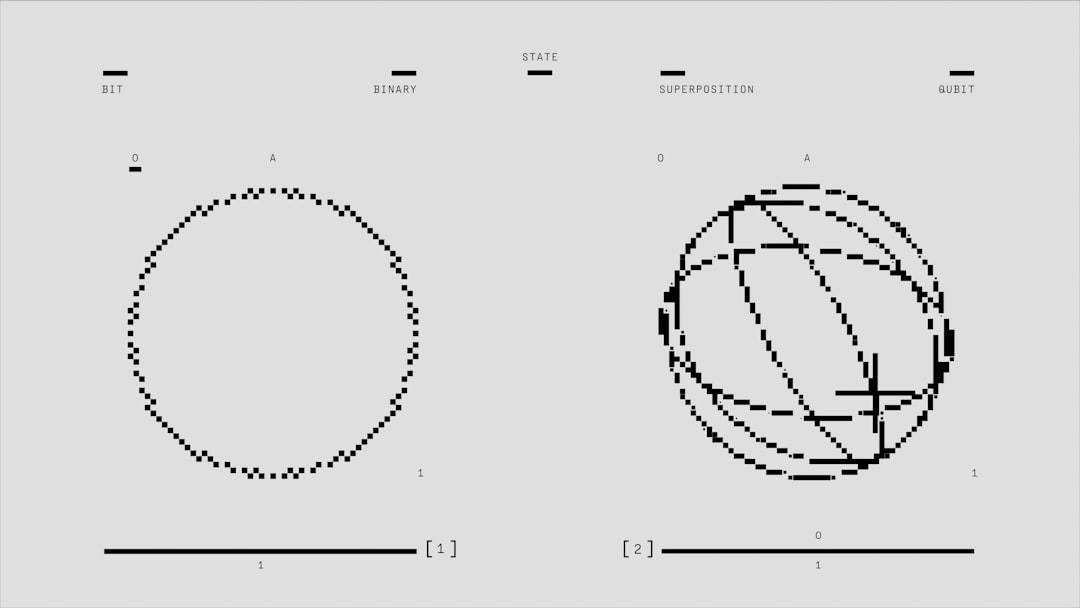When working with date and time functions in SQL Server, developers frequently encounter a variety of built-in methods to retrieve the current date and time. Two of the most commonly used functions are GETDATE() and CURRENT_TIMESTAMP. At first glance, these appear to provide the same output, leading many to wonder: “What’s the difference?” In this article, we’ll explore the similarities and differences between GETDATE() and CURRENT_TIMESTAMP, investigate performance and use-case considerations, and help you choose the appropriate function for your SQL development needs.
Understanding SQL Date-Time Functions
Before diving into the comparison, it’s essential to understand the role of date-time functions in SQL Server. These functions are used to retrieve the current server date and time, which is often crucial for operations like logging, timestamping transactions, and data auditing.
In SQL Server, both GETDATE() and CURRENT_TIMESTAMP return the current date and time according to the system clock of the SQL Server machine. However, the subtle differences in their nature, behavior, and use cases can impact how and when you use them.
GETDATE(): Overview
GETDATE() is a scalar function in T-SQL that returns the current date and time in the datetime format. It is typically used when an explicit function is preferred or required. For example:
SELECT GETDATE() AS CurrentDateTime;
This function is well-supported and widely used in SQL Server. It is performed at runtime and yields the system’s current date and time, down to three decimal places of seconds.
CURRENT_TIMESTAMP: Overview
Unlike GETDATE(), CURRENT_TIMESTAMP is a non-deterministic ANSI SQL standard expression. It also returns the current date and time in the datetime format, functioning similarly to GETDATE(). Here’s how you might use it:
SELECT CURRENT_TIMESTAMP AS CurrentDateTime;
Because it is ANSI compliant, CURRENT_TIMESTAMP is often preferred in cross-platform development where adherence to SQL standards is critical. Despite being an expression rather than a function, it performs just as efficiently as GETDATE() in SQL Server environments.
Key Similarities
- Both return the current date and time based on the SQL Server system clock.
- Both yield a result in datetime format (accurate to 1/300th of a second).
- They are both non-deterministic. That means each execution may return a different value.
- Both work without any arguments.
Given these similarities, many developers find them interchangeable in everyday use.

Important Differences
Despite their similarities, there are differences that can play an important role in certain scenarios. Below are the key distinctions:
1. Syntax
GETDATE() is a function and must be invoked with parentheses—even though it takes no parameters. CURRENT_TIMESTAMP, being an expression, does not use parentheses.
SELECT GETDATE();✅SELECT CURRENT_TIMESTAMP;✅SELECT CURRENT_TIMESTAMP();❌ (Invalid syntax)
2. ANSI SQL Standard
CURRENT_TIMESTAMP is an ANSI SQL standard expression, making it portable across other RDBMS platforms like PostgreSQL, Oracle, and MySQL, where it’s supported (sometimes with minor naming differences). GETDATE(), on the other hand, is specific to SQL Server syntax.
3. Readability and Preferences
Some developers prefer CURRENT_TIMESTAMP due to its readability and lack of parentheses, while others opt for GETDATE() for explicitness and function-based clarity. Coding standards within an organization often dictate which is preferred.
4. Compatibility and Maintenance
When writing code that may be ported or adapted for other SQL-compliant platforms, CURRENT_TIMESTAMP is generally more advisable. It ensures greater maintainability and simplifies future transitions or integrations.
Performance Considerations
In terms of performance, there is virtually no noticeable difference between GETDATE() and CURRENT_TIMESTAMP. Both fetch the system timestamp with negligible overhead and perform identically in benchmarks or heavy-load queries.
However, subtle advantages may emerge in highly standardized development environments. When performance tuning or auditing, the uniform use of one over the other may make SQL code more predictable and maintainable, thereby indirectly enhancing performance across larger projects.
Practical Use Cases
When to Use GETDATE()
- When you are programming exclusively for SQL Server.
- When you’re using other T-SQL-specific functions or operations.
- When clarity and explicit function syntax is required by your coding standards.
When to Use CURRENT_TIMESTAMP
- When writing SQL that needs to be ANSI-compliant.
- When developing for multiple RDBMS platforms.
- When adhering to portable, standardized SQL codebases.

Comparison Table
| Feature | GETDATE() | CURRENT_TIMESTAMP |
|---|---|---|
| Type | Function | Expression |
| Parentheses Required | Yes | No |
| SQL Server Support | Yes | Yes |
| ANSI SQL Standard | No | Yes |
| Cross-Platform Portability | Limited | High |
Best Practices
Selecting between GETDATE() and CURRENT_TIMESTAMP often boils down to your specific project needs, existing codebase, and organizational standards. Here are a few best practices to consider:
- Be consistent. If a codebase already uses GETDATE(), stick with it unless there’s a strong reason to change.
- Consider portability. If your SQL might be shared or reused across systems, CURRENT_TIMESTAMP provides better compatibility.
- Adhere to coding guidelines. Some businesses enforce compliance with ANSI standards, in which case CURRENT_TIMESTAMP will be required.
- Test thoroughly. In situations involving time precision or extensive datetime calculations, ensure that behaviors align with requirements, especially during conversion between systems.
Conclusion
In the world of SQL Server, both GETDATE() and CURRENT_TIMESTAMP serve the same basic purpose: retrieving the current system date and time. The differences between them are subtle but meaningful, especially in environments where portability, compliance, and clarity are vital.
Understanding the nuances of these functions can lead to more maintainable and portable code. Developers and database administrators should choose the one that aligns best with their technical and organizational goals. Whether you stick with GETDATE() for native T-SQL development or use CURRENT_TIMESTAMP for broader compatibility, both are reliable, efficient tools for date-time operations in SQL Server.






